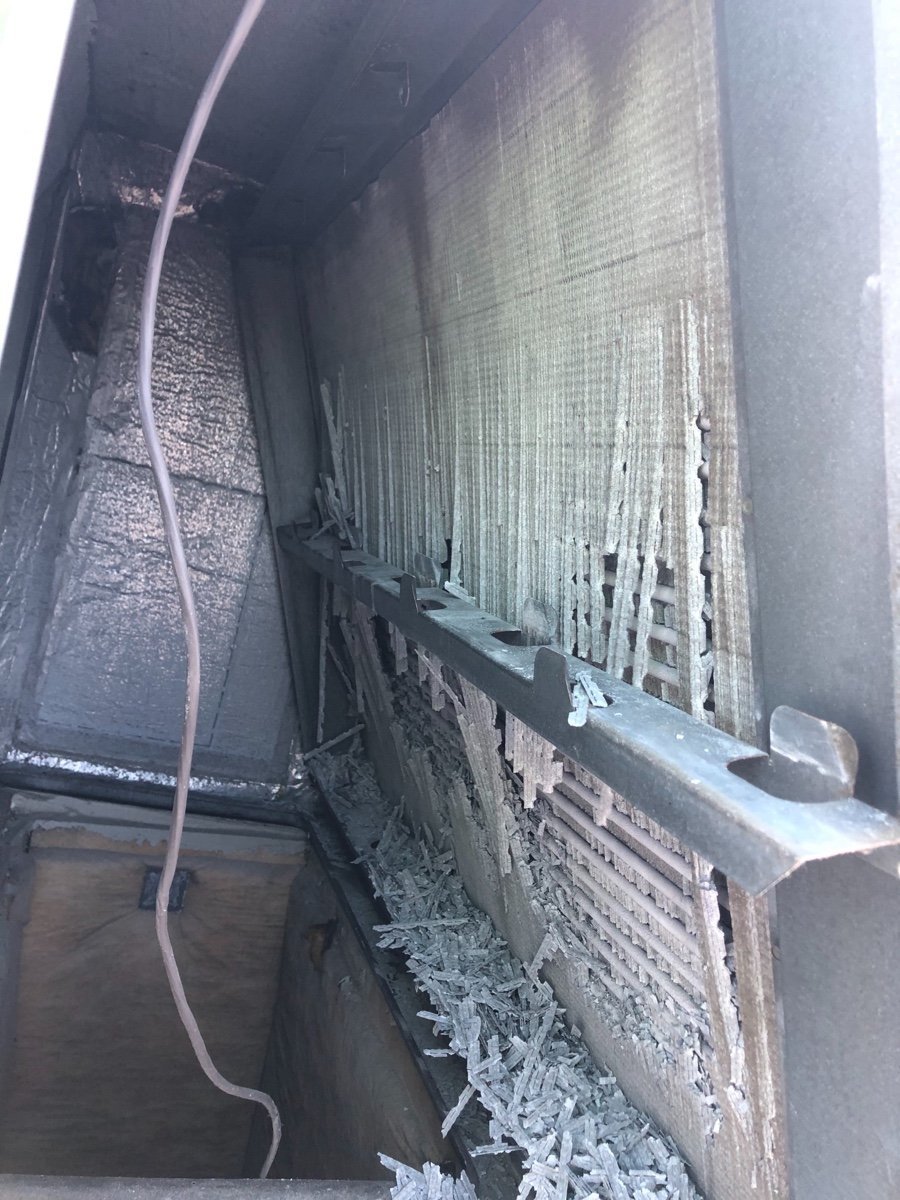Get Tech Tips
Subscribe to free tech tips.
Do You REALLY Want Feedback?

There is almost nothing worse than creating something—or doing something you are proud of—and getting no feedback. Wait, I take that back. Putting your heart and soul into something and then getting negative or dismissive feedback can be worse.
How many times have you emailed a quote, a design, or photos of something asking for feedback and then sit staring at your email screen, hitting refresh, waiting to see what they will respond with? Hoping against hope that they will give you some feedback, and by feedback, you mean validation.
For techs, it comes in the form of doing your best work and receiving no recognition or asking your supervisor what they think of your work, and they nitpick at a detail.
I had one of my team members walk into my office the other day and ask me if I had a second to look at something on my computer, something he had a part in creating. He said he wanted some feedback on it, but here's the thing, I know he had everything he needed to make the right decision. My opinion about it actually mattered very little for the project's success, so I asked him, “Are you looking for feedback or validation?” Jerk move on my part? Maybe, but he knows me enough to know that I trust him to make the choices that need to be made. I also understand that none of us ever get over that desire for affirmation, but we must learn to hit ‘send’ and close out a task without waiting for others’ approval.
Don’t get me wrong. There is a HUGE role for feedback in business.
A Time for Feedback
Feedback is an important part of any project or job, but especially highly creative ones. I’ve had the chance to work briefly with the blockbuster radio show/podcast This American Life. Like most high-produced radio shows, they have a rigorous editorial process in which all of the producers sit in a room and give one another feedback on their stories as they are being produced. They call this process an “Edit,” and most of the producers, including the host of the show, Ira Glass, credit the depth of the storytelling and production to these intense, well-structured editorial sessions.
These are all about real feedback, and they can be BRUTAL, but the goal is quality radio, and everyone puts their ego aside for that result.
It’s Not What You Think
Useful feedback is not the haphazard impression of the partially engaged. Truly useful feedback has its roots in structure and process much more than it does in “opinions” or “first impressions.” When we ask someone to give us their feedback, we can pretend like it’s just a passing question where we want a simple observation. We don’t. We want a thoughtful answer; we want the attention of the person we are asking, and attention is a hard currency to trade in.
Be Intentional
Feedback requires structure. If you truly want feedback, then create a structure where feedback can actually occur. For creative businesses, have internal feedback sessions where you analyze one another's work and give thoughtful critiques. If you are seeking feedback from a customer, ask them specific questions; don’t just ask open-endedly for feedback unless you want a vague and open-ended answer. Ask, “How do you feel about the texture?” not “Are you happy with the work?” The more clear you can be about what feedback you are looking to get, the more useful the feedback will be. But there is an issue.
The Hard Pill to Swallow
I often ask for feedback, and when I get it, I feel mad, sad, or it makes me want to quit. When that happens, you can be pretty sure I didn’t really want feedback. No, I wanted validation. So, now when I’m tempted to ask for feedback, I stop for a second and ask myself, “Do I really want feedback?”
If you truly want feedback, GREAT! Now, go create a structure so that you actually get it.
If you want validation, someone to tell you that everything is OK and you're doing great, that’s OK, too. Just take that request to someone who will give you the validation you are looking for.
Feedback requires structure; validation is best saved for calls to Mom.
—Bryan










Comments
To leave a comment, you need to log in.
Log In